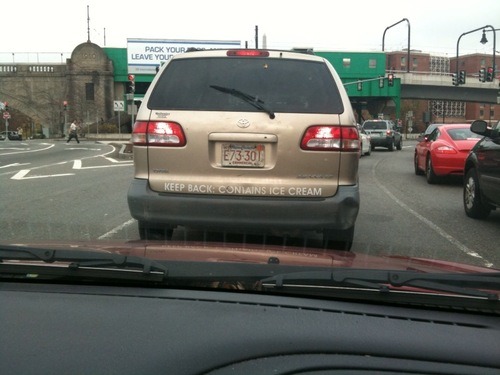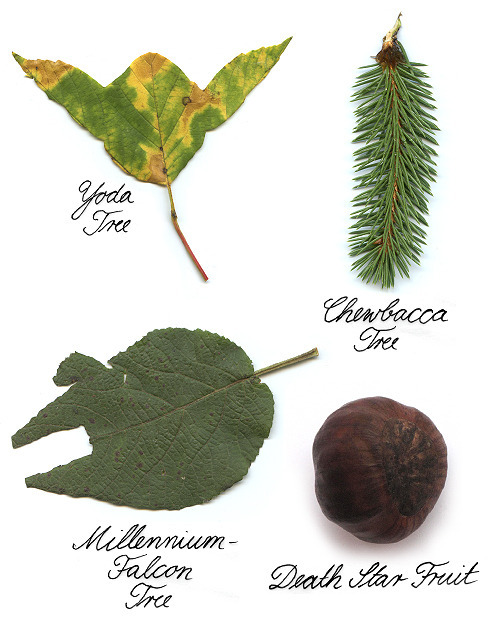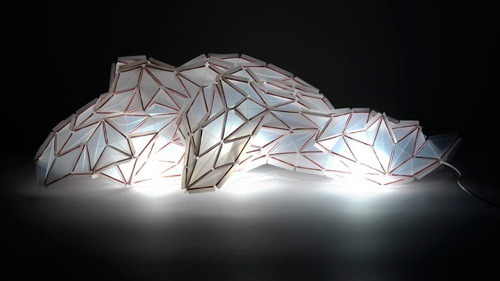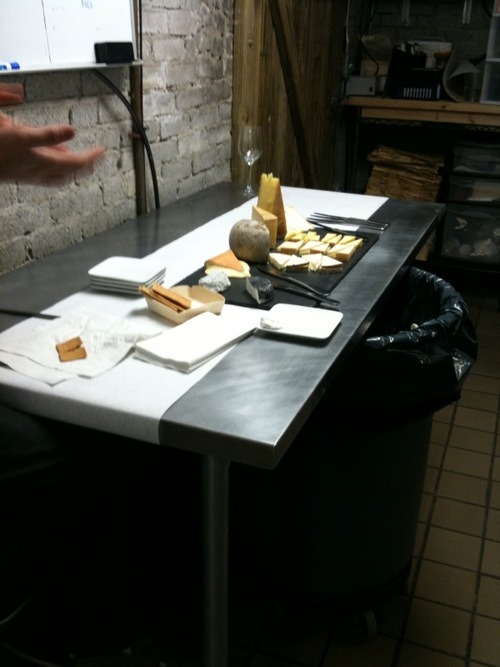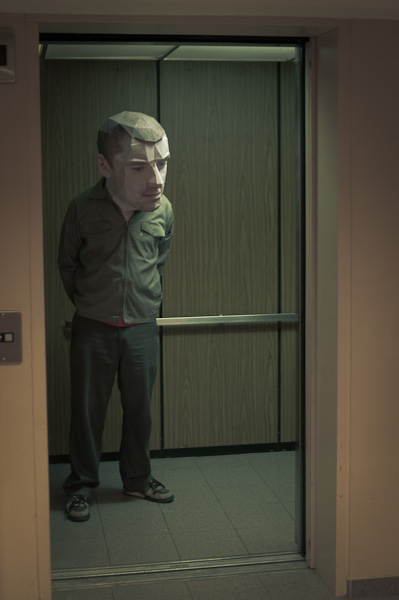Haagen-Dazs has those extra “a’s in its name but also has a nice promotion to help bees. Honey bees of course. From Nov 5 to 11 Haagen-Dazs will run a twitter campaign that benefits the University of California at Davis and its noisy, dangerous, sticky programs to preserve bees. This will cause a lot of buzz.
Nov 30, 2009
the buzz
Posted by
vaughn tan
0
comments
![]()
![]()
Nov 29, 2009
the circle unbroken
joan baez with a cast of muppets. note the pig in the upper left corner during the finale. [thx julian]
Posted by
vaughn tan
1 comments
![]()
![]()
Nov 26, 2009
"it's like twitter. except we charge people to use it."
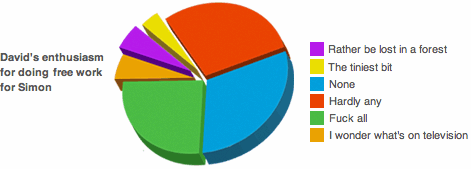
i sometimes feel like doing this to people who ask me to design stuff for them for free.
Posted by
vaughn tan
0
comments
![]()
![]()
Nov 21, 2009
Nov 19, 2009
milton glaser on drawing
milton glaser is a partner in pentagram, one of the most influential design companies of the last century:
the act of drawing makes me conscious of what i'm looking at. if i wasn't drawing, i have the sense that i would not be seeing. ... i always think of every drawing as kind of a miraculous occurrence. it takes a while to do drawing that you find interesting. curiously, people think that the difficulty of drawing is making things look accurate. but accuracy is the least significant part of drawing. but you have to learn how to draw accurately before you can learn to do anything else. then you can begin to think about drawing expressively. that's another game entirely.
Posted by
vaughn tan
0
comments
![]()
![]()
granolanauts
update: jim reveals the granolas.
jim leff put together a granola blind tasting today in the east village at dba on 1st ave (which has a fine selection of draught beers and ciders). in these photos, you see the granolanauts surveying an expanse of assorted granolas in an intrepid fashion, then, midway through, in a less intrepid fashion. granola is not a low-calorie food.
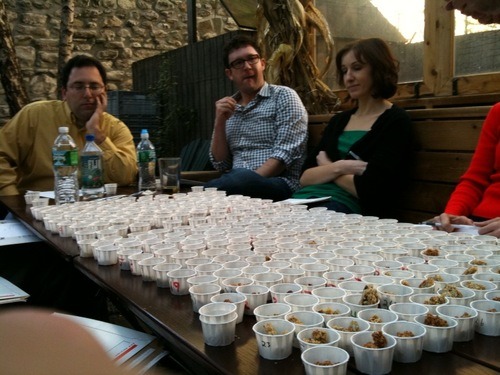
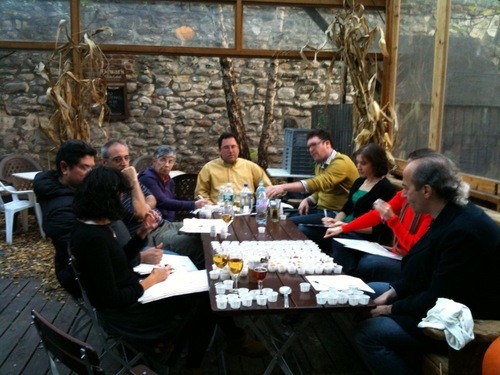
Posted by
vaughn tan
1 comments
![]()
![]()
Labels: craft, epistemology, food
Nov 18, 2009
Nov 17, 2009
steak filter
video signal of the steak cooking, passed through the steak as it cooks. signal degrades as the steak loses moisture. i wonder if you would get the same result if the steak were cooked sous vide.
Posted by
vaughn tan
2
comments
![]()
![]()
Nov 13, 2009
lifebox

a few weeks back, paul stamets wrote to the scifoo mailing list to ask if anyone wanted one of the first run of his lifeboxes. these are cardboard panels seeded with tree seeds and symbiotic fungal spores that improve the growth and development of the seedlings. i wrote to say i wanted one but never heard back. i forgot about it. then, today, a small box appears on the front step.
which is nice.
Posted by
vaughn tan
0
comments
![]()
![]()
Labels: neat, sustainability, wood
Nov 9, 2009
experiments in food


Posted by
vaughn tan
1 comments
![]()
![]()
Labels: art, complexity, craft, epistemology, food, instruction, sociology, technology
Nov 8, 2009
that's a good point
.jpg)
Posted by
vaughn tan
0
comments
![]()
![]()
better beverages
this is nils noren pouring a liquid nitrogen frozen cocktail made with clarified ashmead's kernel. in one of the stainless tubs in back is the best gin i've ever had, distilled from vodka blended with cilantro, cucumber, juniper berry, roasted orange peel, and thai basil, and served so cold it was syrupy.
Posted by
vaughn tan
0
comments
![]()
![]()
chocolate
finally, someone who agrees with me that chocolate is just way too easy. the best dessert i've had yet was a peach leaf and almond semifreddo with a black mulberry granita, at quince; it was the apotheosis of restraint. i think this might be sort of nice too.
Posted by
vaughn tan
0
comments
![]()
![]()
Nov 7, 2009
Nov 4, 2009
science in the kitchen
today there was a big live fish flopping about, and then they severed its spine and destroyed its spinal nerve and it was placid. here is a picture of preserved eggs instead.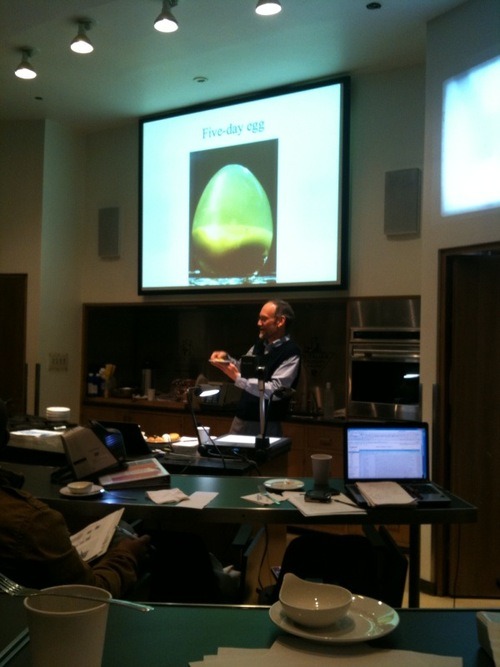
Posted by
vaughn tan
0
comments
![]()
![]()
Labels: food
Nov 3, 2009
Nov 2, 2009
sing sang sung
remember this?: http://en.wikipedia.org/wiki/The_Missing_Piece_(book)
Posted by
vaughn tan
0
comments
![]()
![]()

